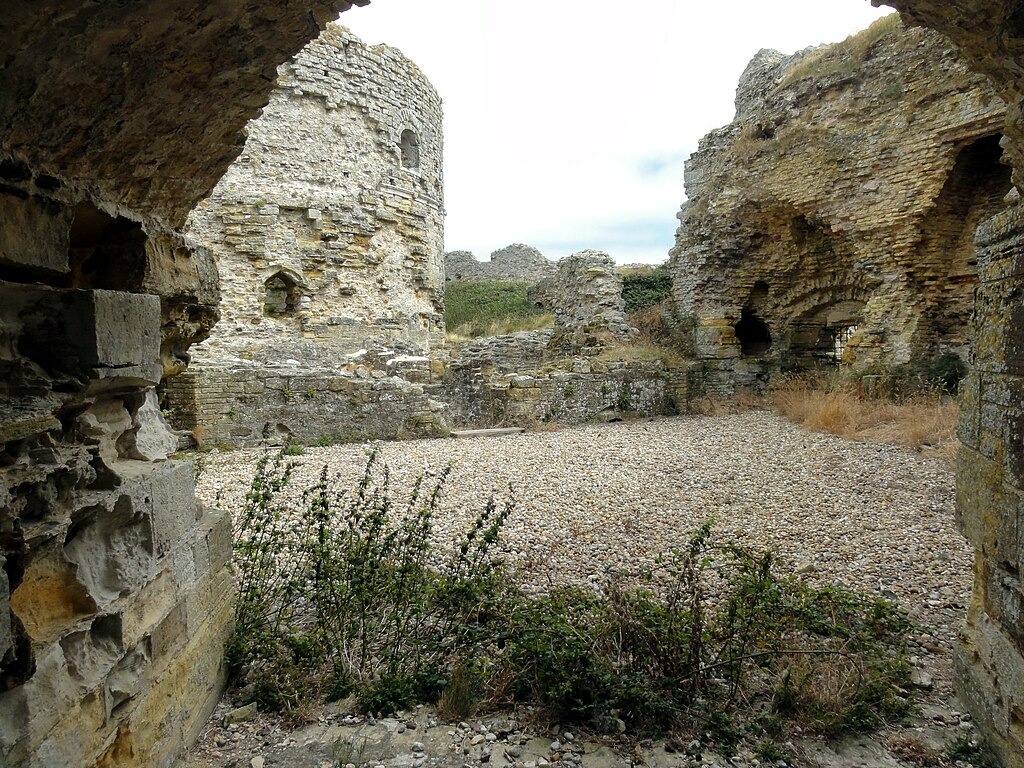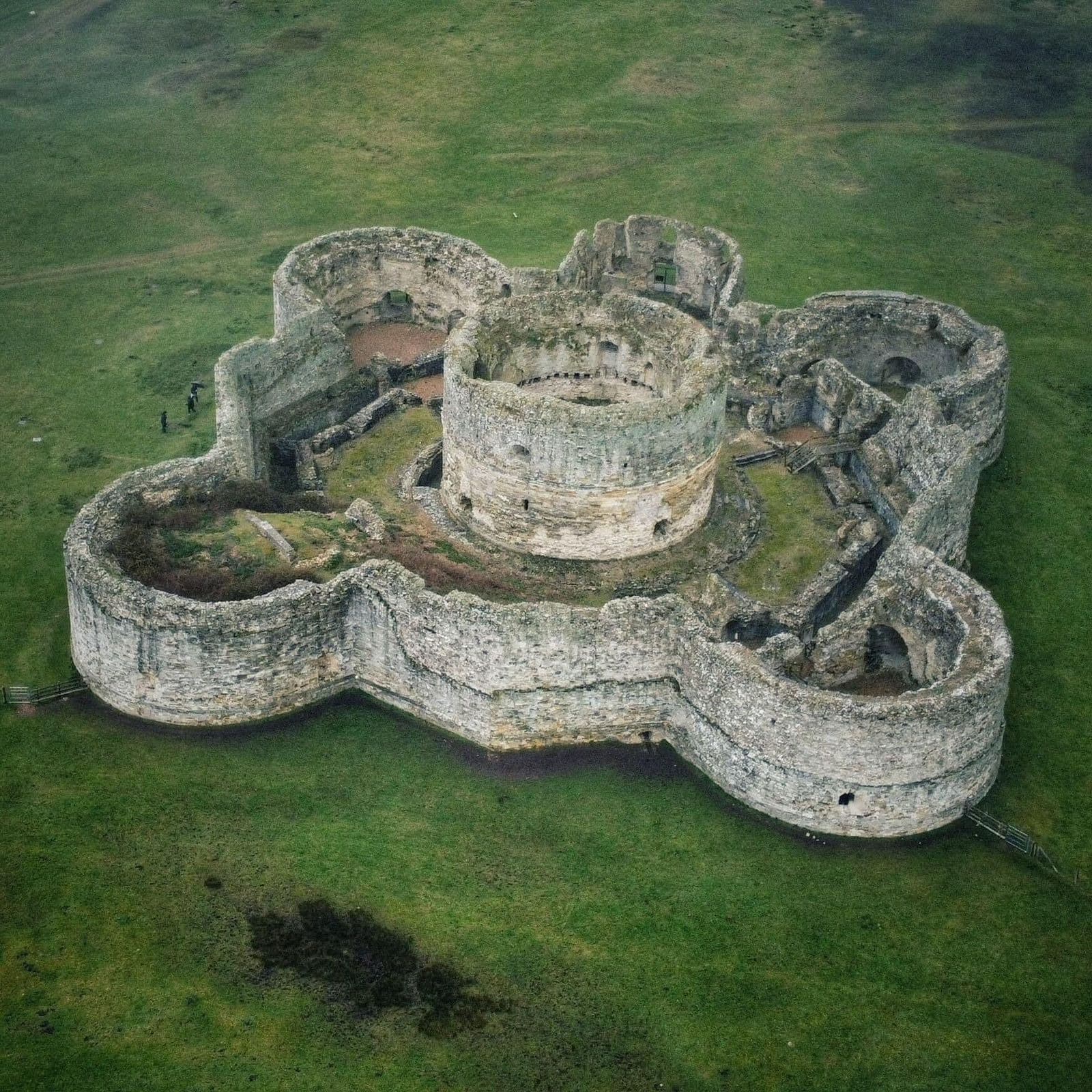Camber Castle: Protecting England’s Shores From Henry VIII To Today
Camber Castle, previously known as Winchelsea Castle, was originally constructed near Rye, Sussex, between 1512 and 1514 by King Henry VIII.
It was designed as a Device Fort to protect the Sussex coast from French attacks.
It underwent several phases of construction and redesign due to strategic and environmental challenges.
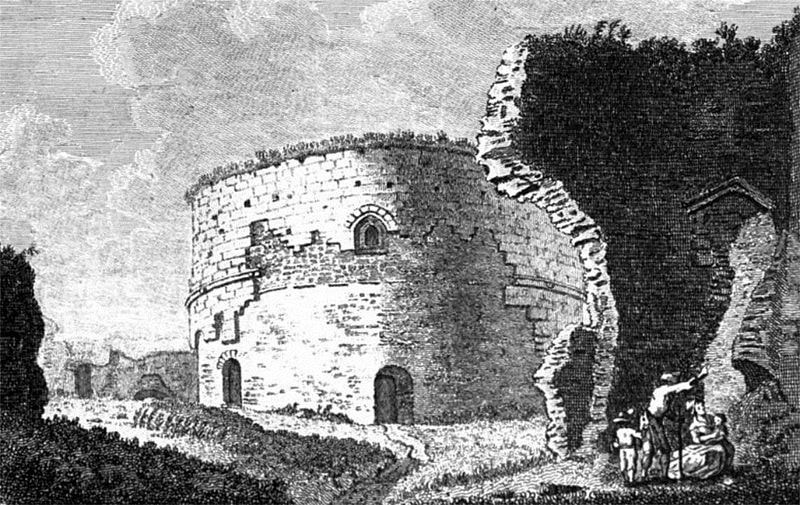
Camber Castle’s Origins and Purpose
Camber Castle was initially a small round artillery tower overlooking Camber anchorage and Rye Harbor’s entrance.
By 1539, heightened tensions with France prompted Henry to overhaul the castle.
Expansion and Reinforcement
Initially a small tower built in 1512 near Rye, it was later expanded into a stronger fortress in 1539 by an engineer named Stefan von Haschenperg.
This upgrade cost a lot of money (a substantial £10,000) and transformed the castle into a larger fort with a central keep, four round bastions, and a sturdy entrance.
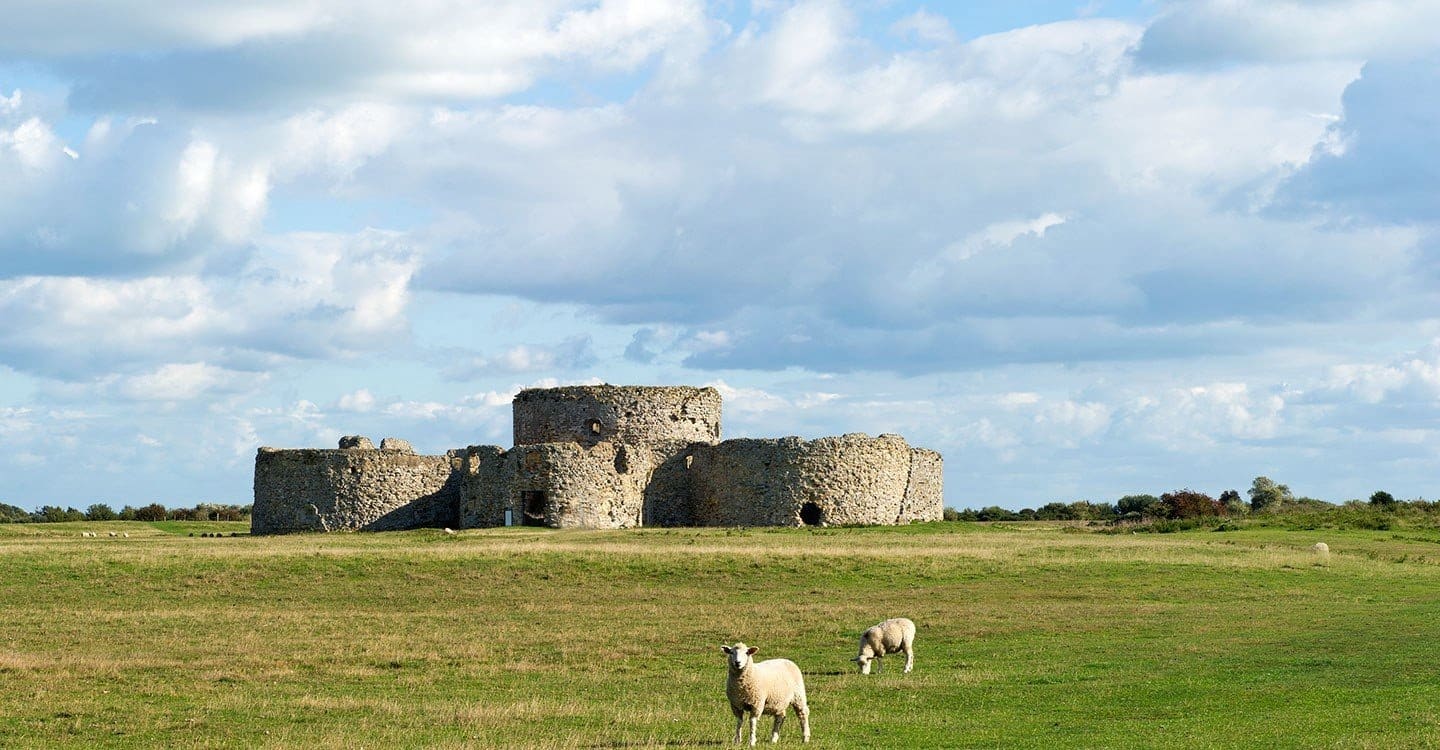
Challenges and Modifications
Despite its defenses, the castle faced challenges.
In 1545 during a French raid, the castle had a short-lived military role.
Over time, silt buildup in the Camber anchorage rendered it ineffective, and peace with France reduced its strategic importance.
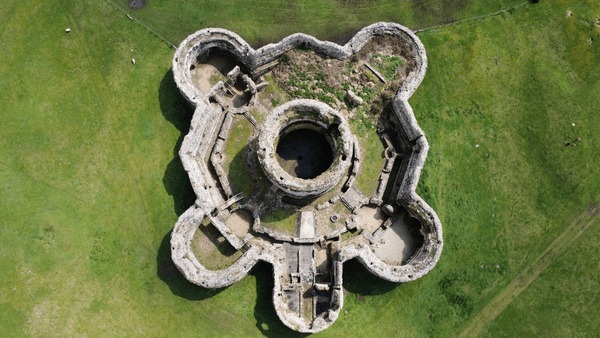
By 1637, King Charles I closed the castle.
During the English Civil War in the 1640s, it was partly dismantled by Parliament to prevent Royalist use.
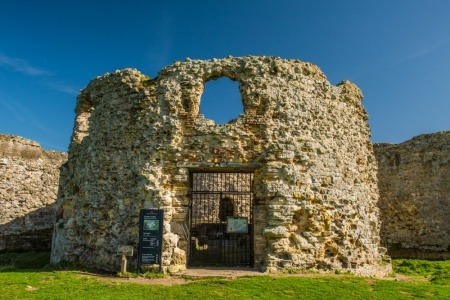
Over the centuries, Camber Castle became a ruin, attracting artists like J.M.W. Turner.
During World War II, it briefly served a military purpose again.
After the war, it underwent archaeological work and restoration, managed by English Heritage since 1967.
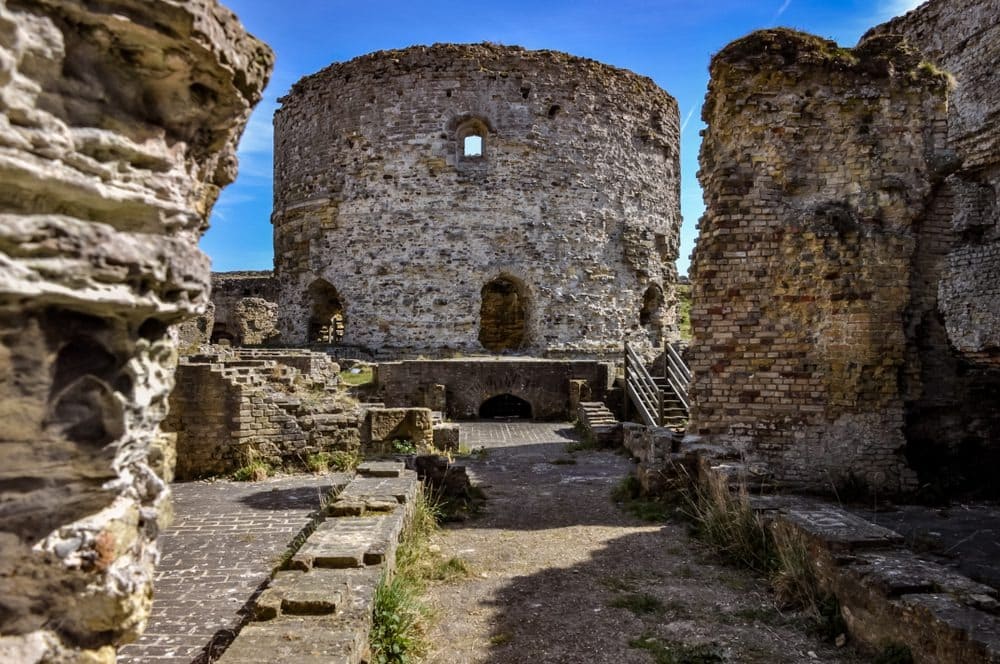
Today, it’s a Grade I listed historic site, offering visitors a glimpse into Tudor military history and England’s coastal defenses.
